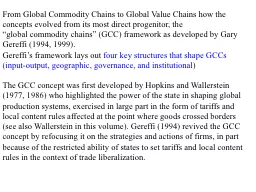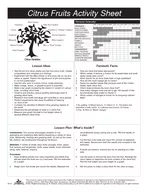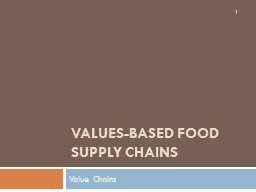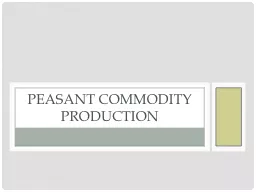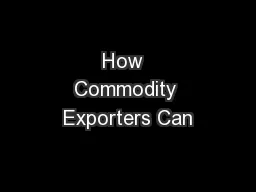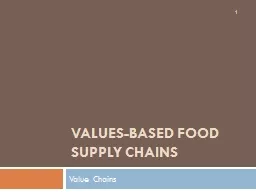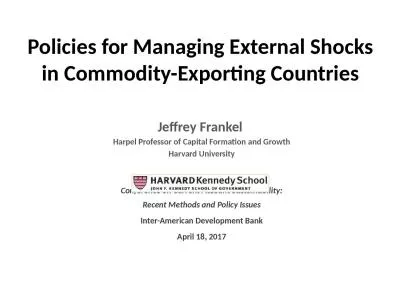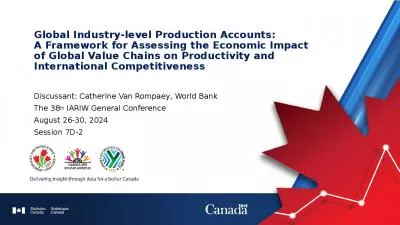PPT-From Global Commodity Chains to Global Value
Author : sistertive | Published Date : 2020-06-24
Chains how the concepts evolved from its most direct progenitor the global commodity chains GCC framework as developed by Gary Gereffi 1994 1999 Gereffis framework
Presentation Embed Code
Download Presentation
Download Presentation The PPT/PDF document "From Global Commodity Chains to Global V..." is the property of its rightful owner. Permission is granted to download and print the materials on this website for personal, non-commercial use only, and to display it on your personal computer provided you do not modify the materials and that you retain all copyright notices contained in the materials. By downloading content from our website, you accept the terms of this agreement.
From Global Commodity Chains to Global Value: Transcript
Download Rules Of Document
"From Global Commodity Chains to Global Value"The content belongs to its owner. You may download and print it for personal use, without modification, and keep all copyright notices. By downloading, you agree to these terms.
Related Documents

